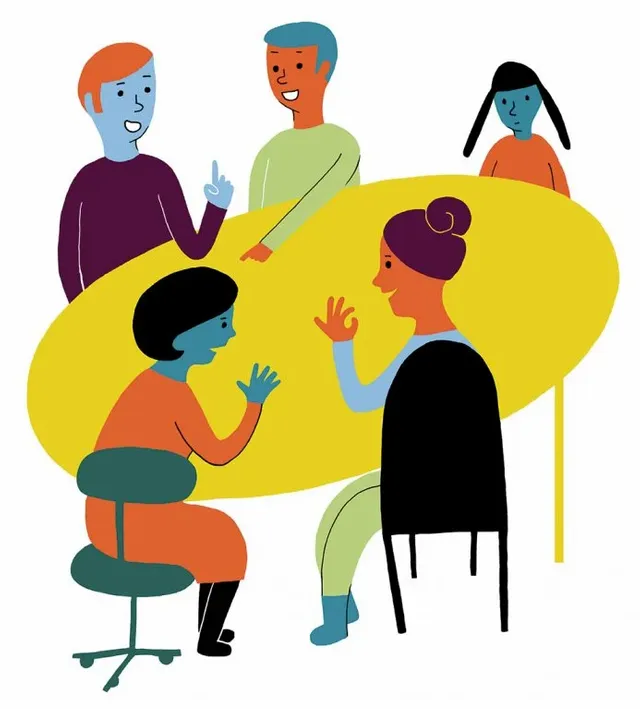It may surprise you to know that what you surround yourself with every day can have a dramatic impact on your well-being. The “mood” you create through the elements that surround you will affect how you feel in each room of your home on a daily basis.
Ancient practices like Feng Shui have been used through the centuries, placing emphasis on creating harmony and good energy between people and their environment. Through the years, we find out more and more about how our environment affects our daily happiness and mental health.
Here are just a few of the ways your environment can affect you on a daily basis:
##Mood

Your surroundings have the power to dramatically influence your mood. This can apply to color, décor, tidiness, and warm vs. cool elements in the room.
Much like the way that the winter blues, or seasonal depression, moves in with the cold, dark, and often unwelcoming environment outdoors, the same emotions can occur indoors when the environment isn’t well suited to you. For example, certain dark colors like dark gray, blue, or black in the wrong areas of your home can affect your energy level and trigger feelings of sadness and fatigue, whereas some bright colors like yellow, orange, and red can trigger feelings of anxiousness, restlessness, and annoyance. Pay attention to how certain colors make you feel, which ones provide negative emotions and which ones make you feel calm, happy, and at ease. You can adjust accordingly and create a space more suited to your needs.
A second factor that can affect your mood is the amount of décor you have in each room. A space that feels cluttered with décor can make the room feel small, whereas a room that lacks décor can feel empty. Finding the happy balance between the two isn’t always easy, but doing so will help provide the space with a sense of balance and harmony, allowing you to feel truly at ease in your home.
##Behavior and Motivation

Pay attention to factors in your environment that might be altering your motivation and drive, and work to solve those issues to create a better home environment that makes you feel happier and more energized.
##Interaction with Others

Your dining room and living room are likely to be the spaces where this area of impact is most prevalent (these being the spaces where your family and/or guests are likely to gather and interact with each other most often.)
##Stress Levels

Everyone has different triggers when it comes to stress. In your home, there can be various sources of stress, some being conscious and some subconscious. For example, a trigger that you may know causes you stress is when your home is messy. When laundry isn’t done, there are dishes in the sink, and kids toys are strewn about the living room, you may feel a bit overwhelmed.